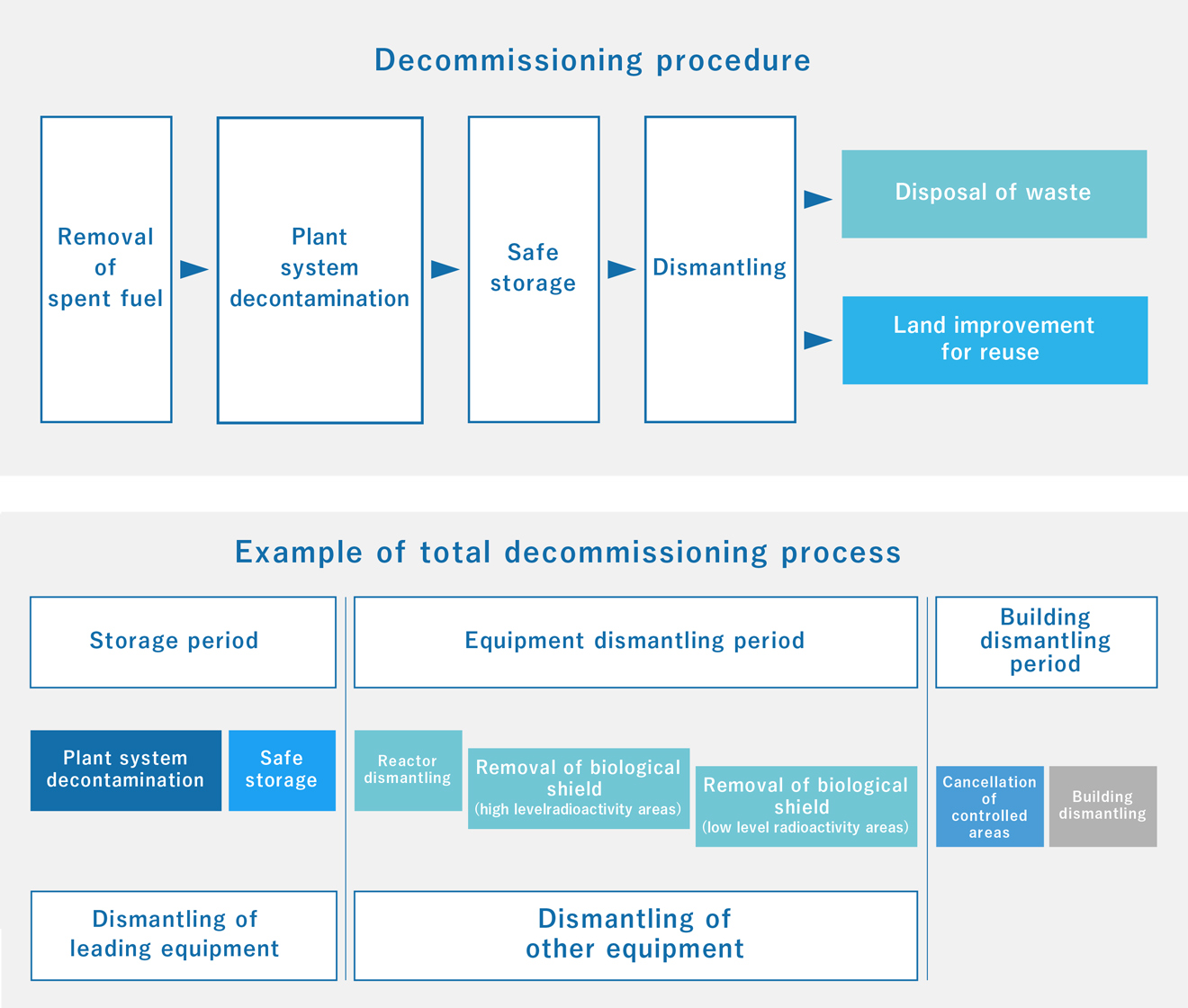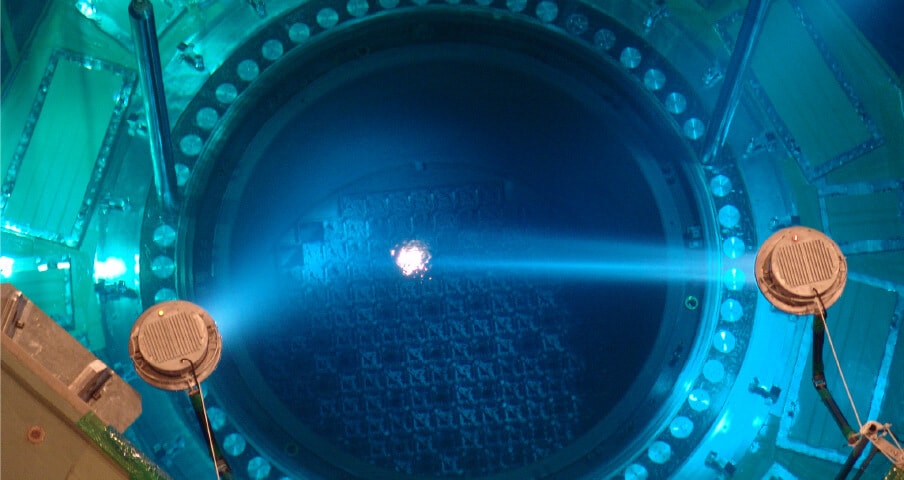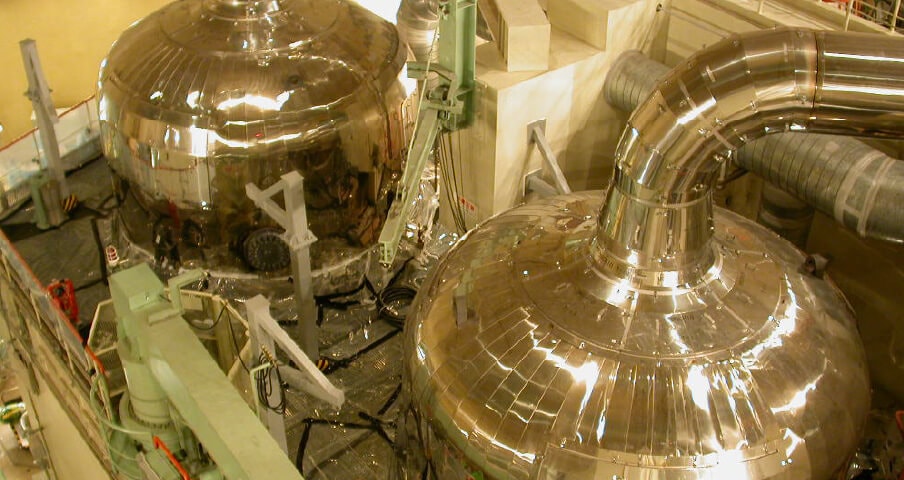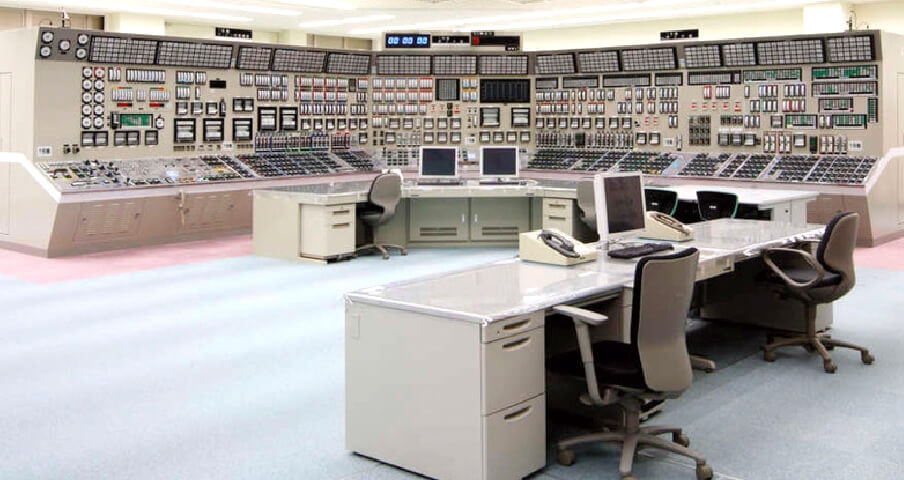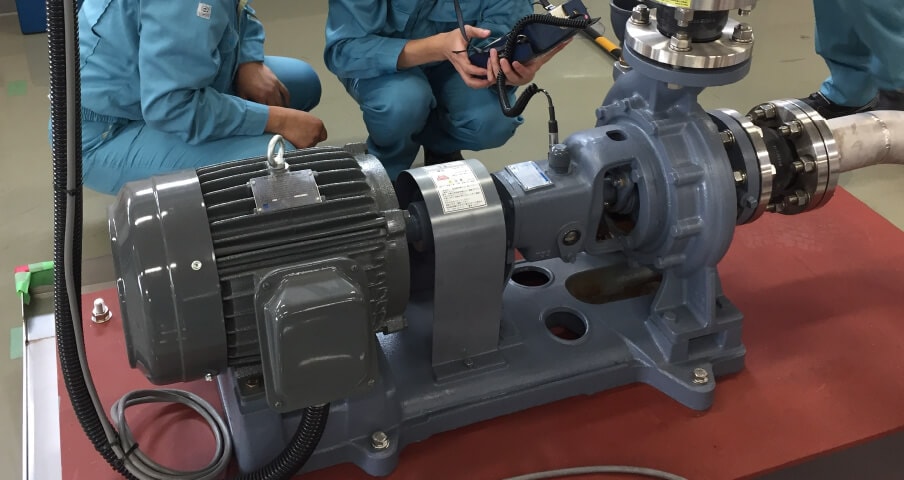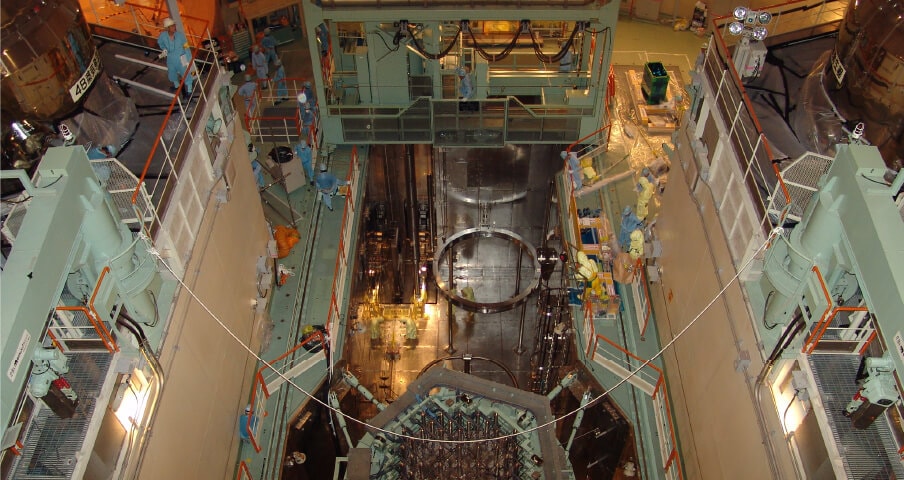Facility
Facility
PLM
(Plant Life Management)
After the accident at Fukushima Daiichi Nuclear Power Station, the law was amended to set the period of operation of a nuclear power plant at 40 years from the start of commercial operation. However, it can be extended for up to 20 years if approved by the authority.
The nuclear power plant can be operated safely for a long period of time with gathering the latest knowledge, predicting the future degradation, and appropriately replacing equipment in response to aging degradation events caused by long-term operation of a nuclear power plant. In this respect, the utility submit an "ageing management technical evaluation report" to the government before their plant marks its 30th year of operation (and every 10 years thereafter), and then the government reviews the report and gives permission for continued operation. If the plant is to be operated beyond 40 years, it is necessary to obtain approval to extend the operation period.
Under the contract with the Kansai Electric Power Company and other electric utilities, we have engaged in the assessment of the integrity of tens of thousands of safety-related components and facilities for the expected operating period in light of their degradation modes. This work requires a very broad knowledge of power plant systems, mechanical, electrical, and instrumentation equipment design, manufacturing, operating history, and maintenance management.
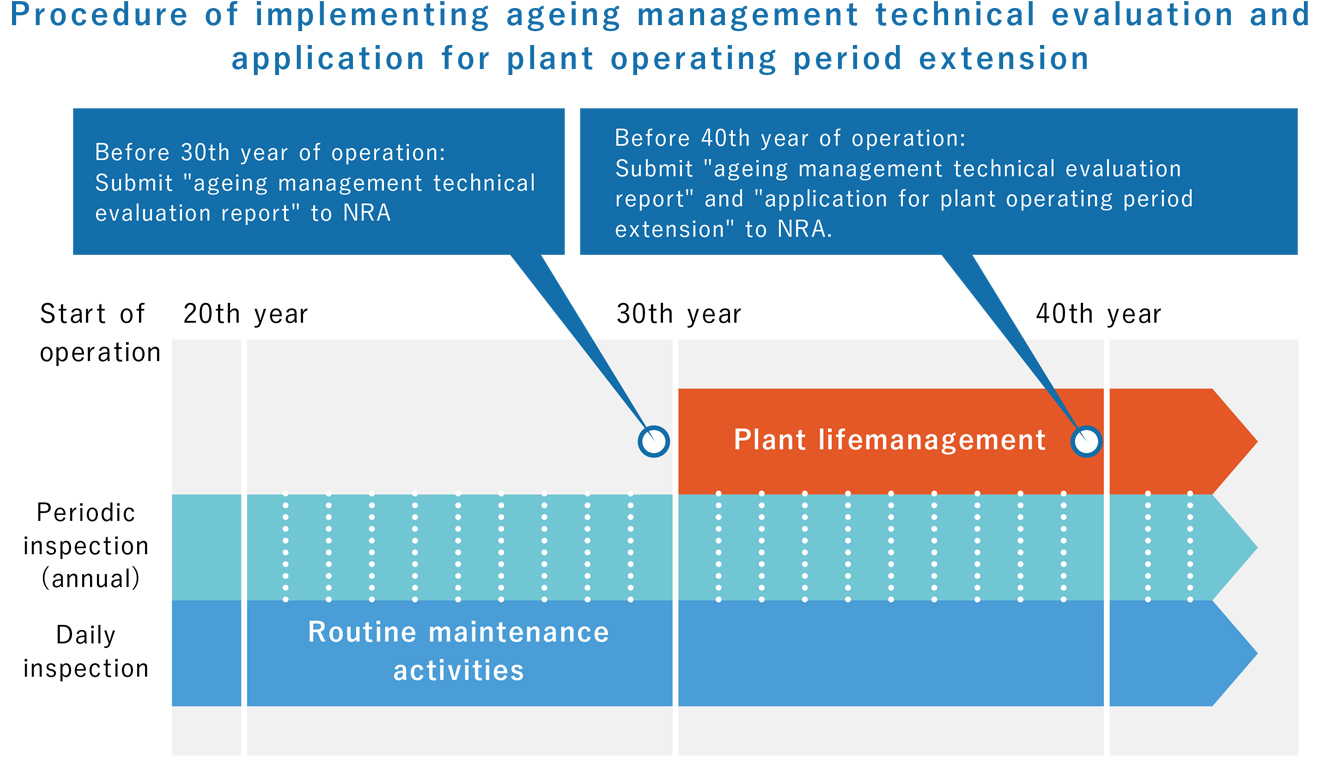
Facility
Support for Licensing and Regulatory Process
An application for design and construction plan approval describes the detailed design of a nuclear power plant. It consists of the main text (outline, basic design policy, etc.), attached documents (various explanations on fire protection, flooding protection, etc., and various calculations on seismic resistance, strength, etc.), and attached drawings (layout, system diagram, structural diagram, etc.), and each unit has tens of thousands of pages long.
With the enactment of the new regulatory requirements in 2013, approval for construction is a pre-condition for restarting and continuing operation of a nuclear power plant, along with approval for changes to the reactor installation and Tech. Specs, and therefore is an important task directly related to plant operation.
Under the contract with Kansai Electric Power Company and other electric utilities, we are providing support for the preparation of a series of application documents, from the manufacturer's design documents to the preparation of draft application documents including tables of items, seismic safety calculations, and attached drawings, checking the appearance of the complete application documents, and preparing a public version for presentation to the Nuclear Regulation Authority.
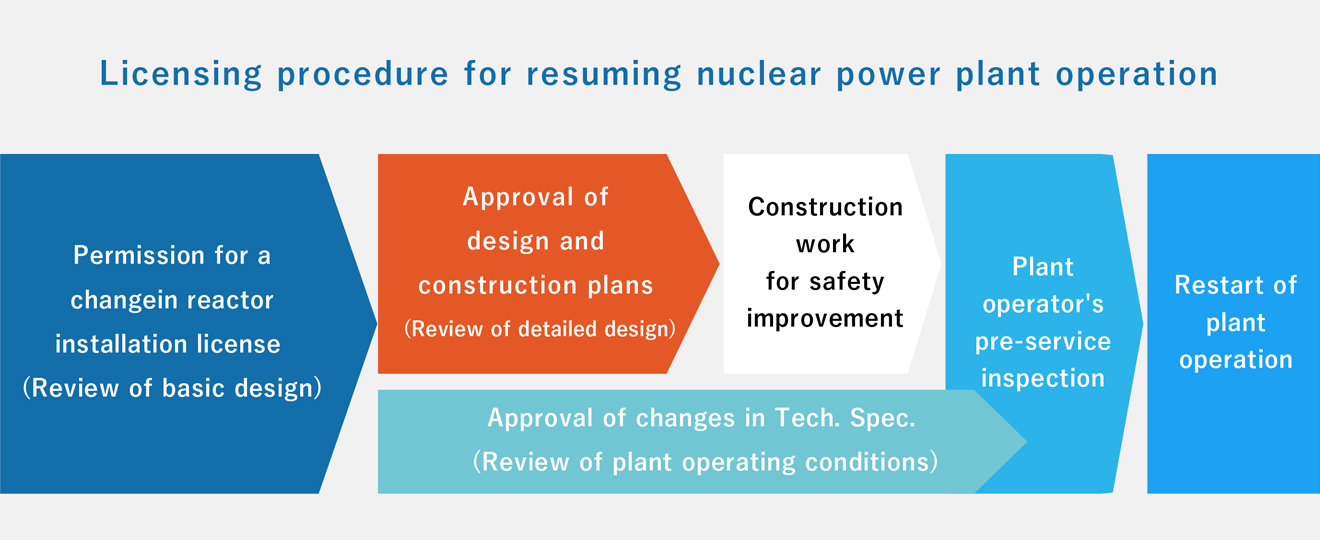
Facility
Design of Nuclear Fuel Cycle Facilities
The government of Japan has set the policy of the "nuclear fuel cycle" which consists of reprocessing spent fuel into MOX fuel and re-using the fuel for power generation. In the nuclear fuel cycle, the facility where spent fuel is stored for a certain period of time before it is transported from the nuclear power plant to the reprocessing plant are called the "interim storage facility". The interim storage facility is required to have various functions such as earthquake resistance, heat removal capability, radiation shielding performance, etc., and it is necessary to evaluate the performance of these functions before deciding on the configuration of the facility when designing the facility.
We provide support to bring the nuclear fuel cycle into reality by conducting various evaluations necessary for the design of the above mentioned interim storage facilities and other nuclear-related facilities.
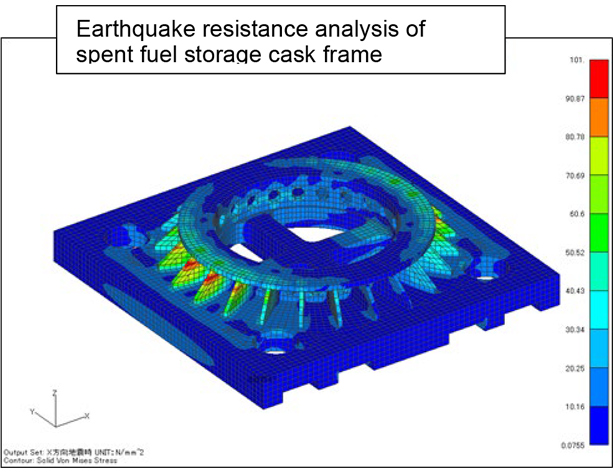
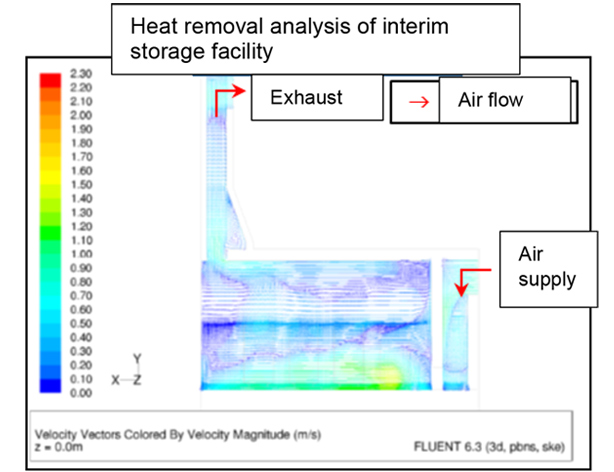
Facility
Decommissioning Plan
More than 50 years have passed since the construction of the first nuclear power plant in Japan, and the number of decommissioning of nuclear power plants is expected to increase in the future. In order to proceed the decommissioning of the increasing number of nuclear power plants in a rational manner, it is important to consider various factors, such as decommissioning scenarios, radioactivity removal methods and processes, etc., based on the characteristics of each nuclear power plant, and to proceed with them in a planned manner.
With a wealth of experience in nuclear power plants and also collected information on superior technologies overseas, we can provide full support for safe and economical decommissioning by assisting in the preparation of decommissioning plans and the safety assessment necessary for applying for approval of decommissioning plans, and examining and proposing appropriate maintenance methods for the equipment to be maintained during the decommissioning process.
In addition, by participating in the activities of the Atomic Energy Society of Japan, we are actively working in constituting and revising the standards aiming at safe and optimized decommissioning.
